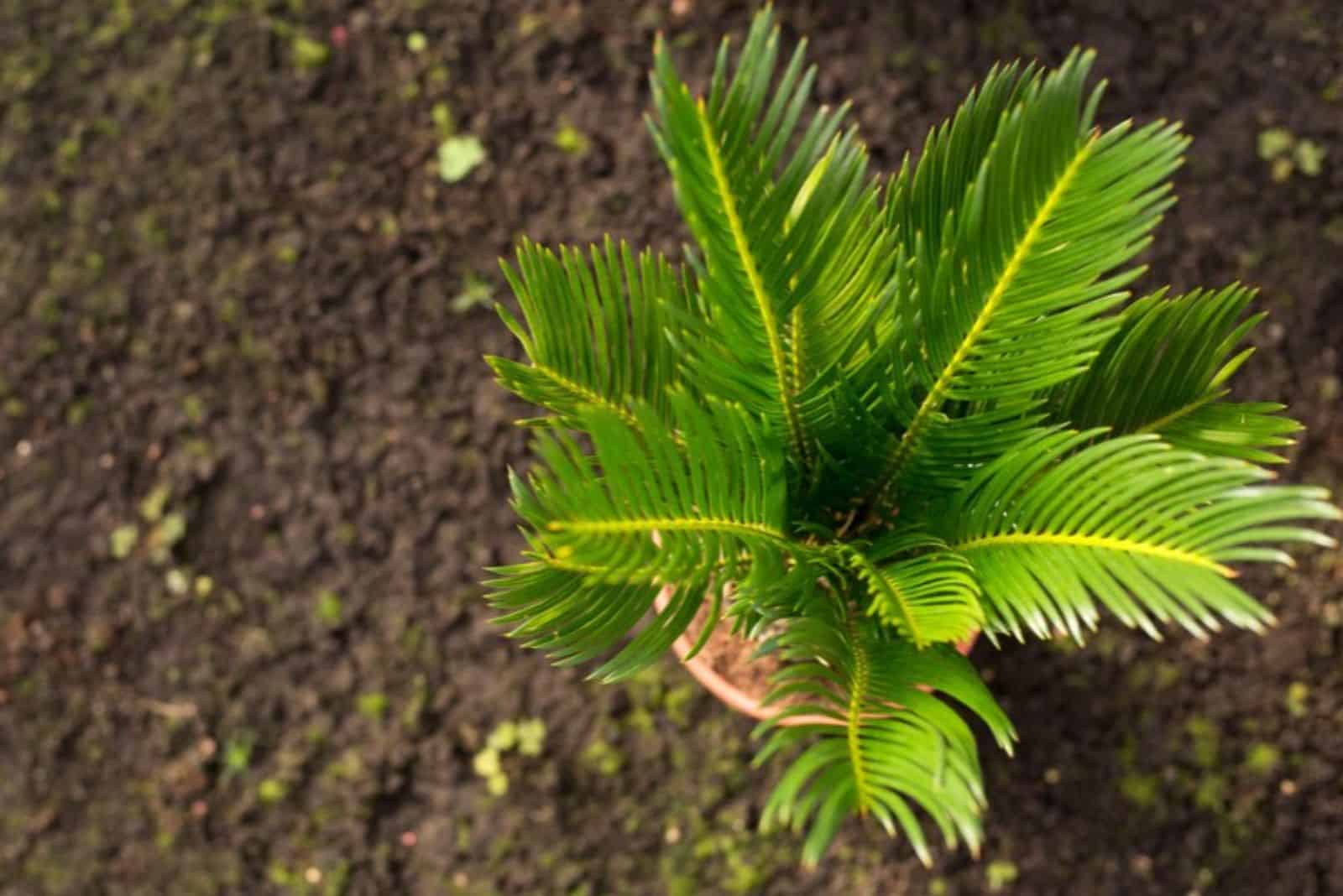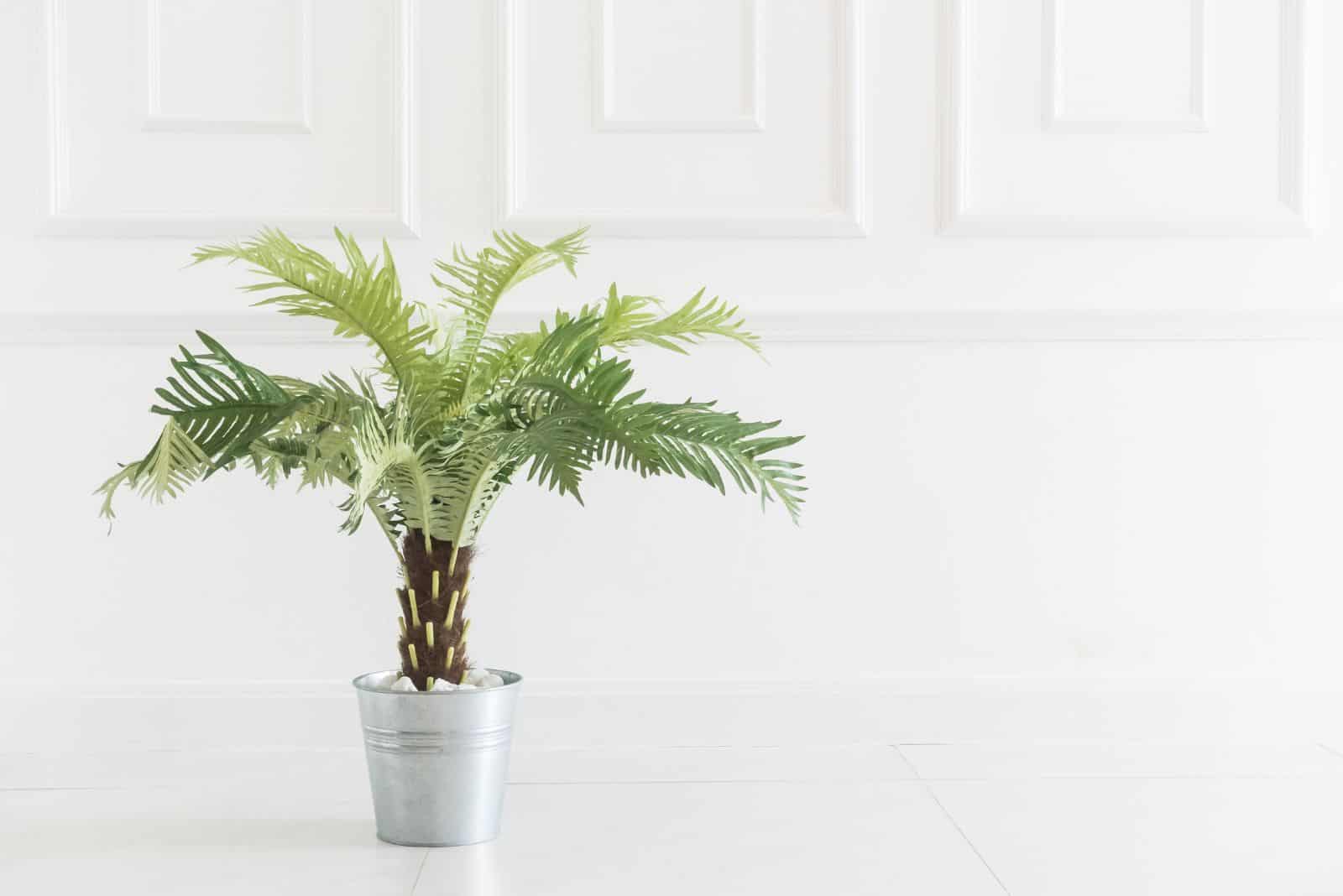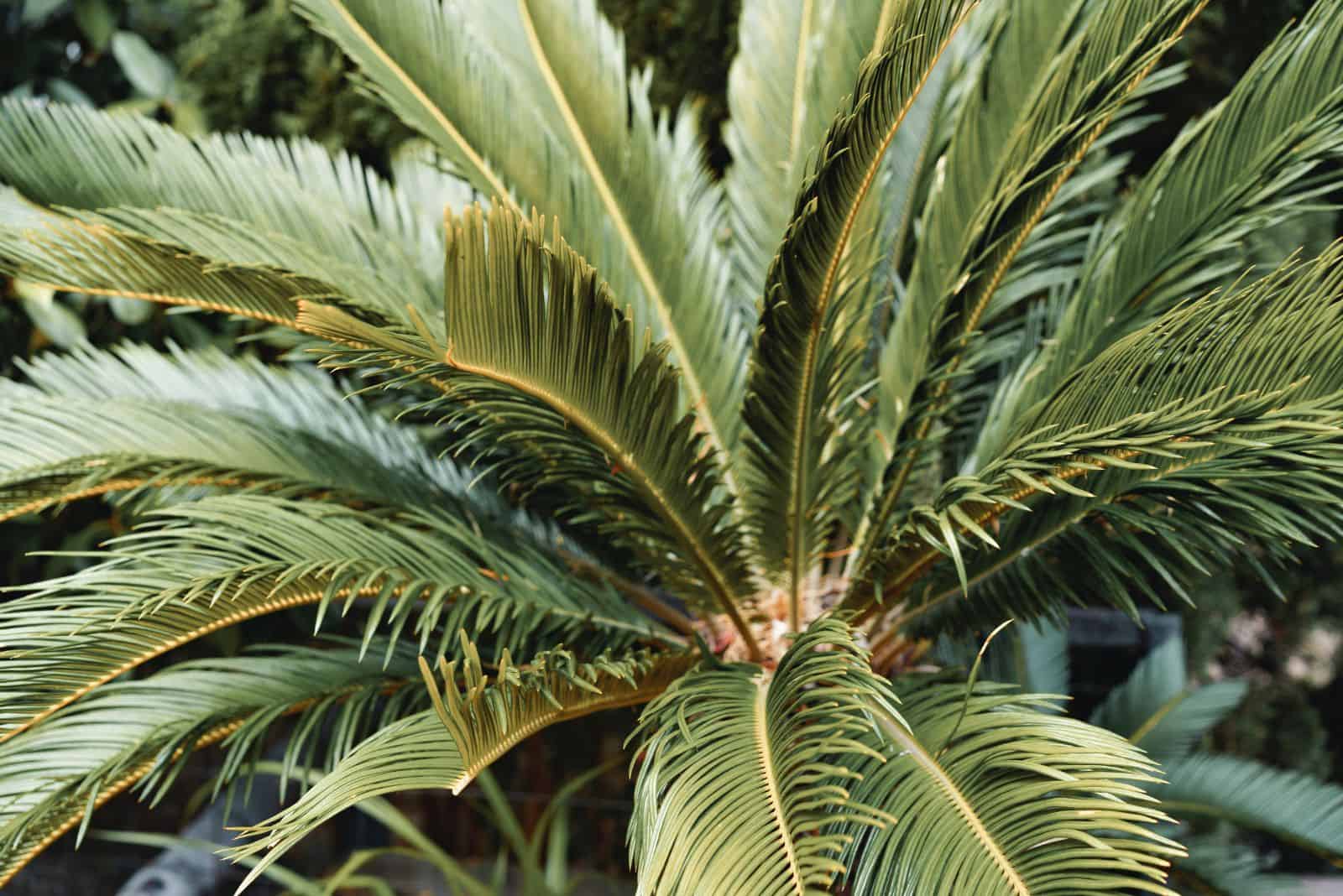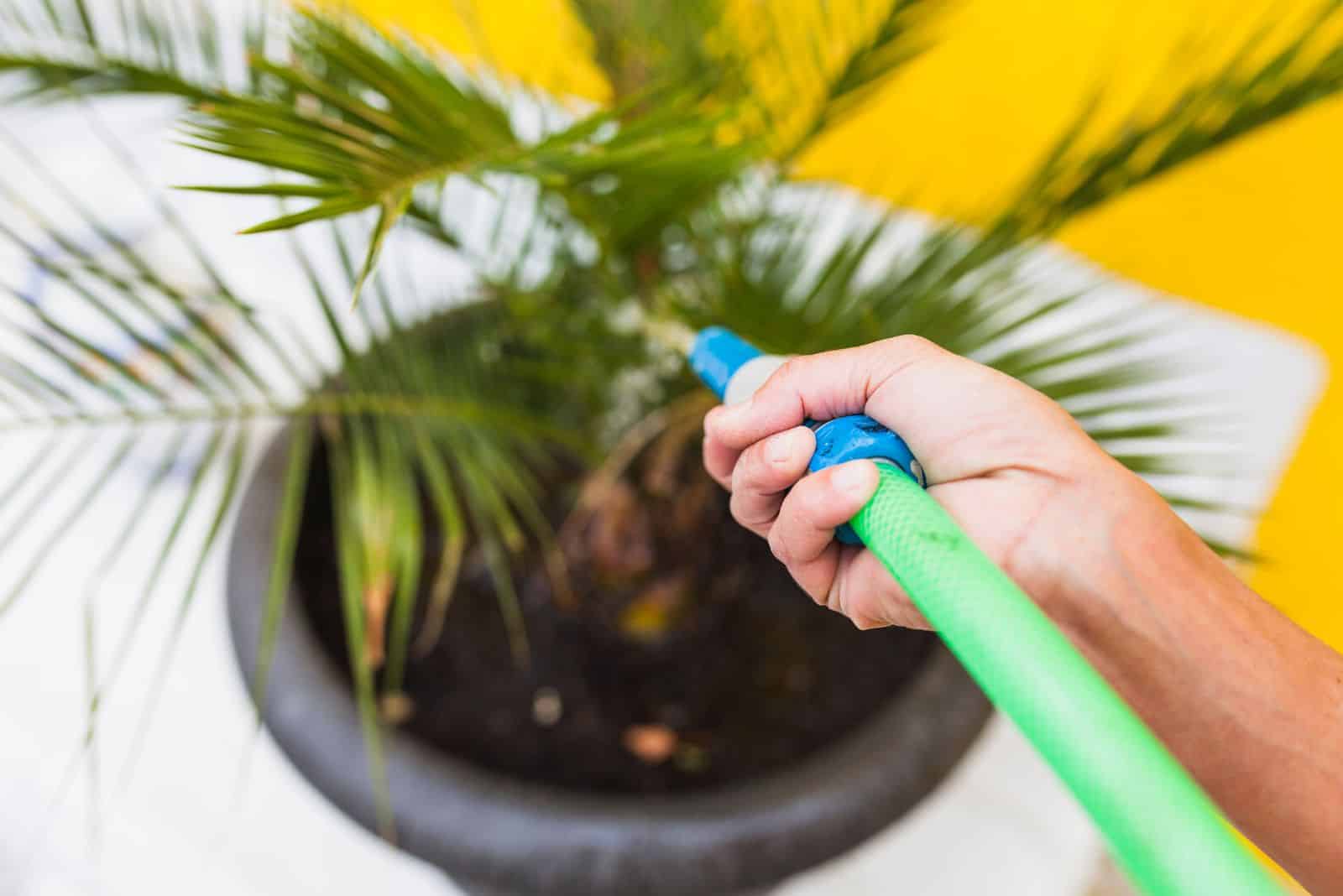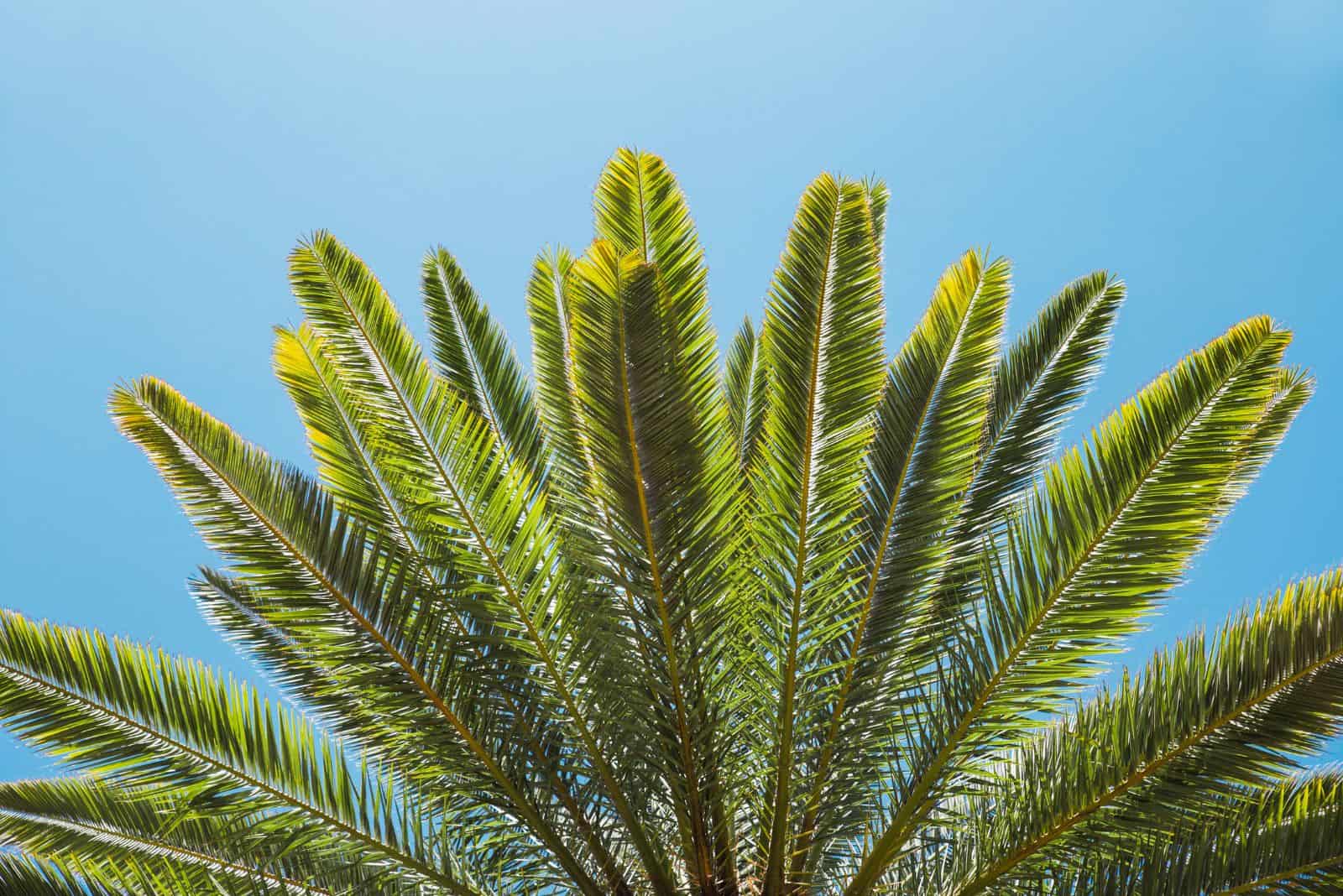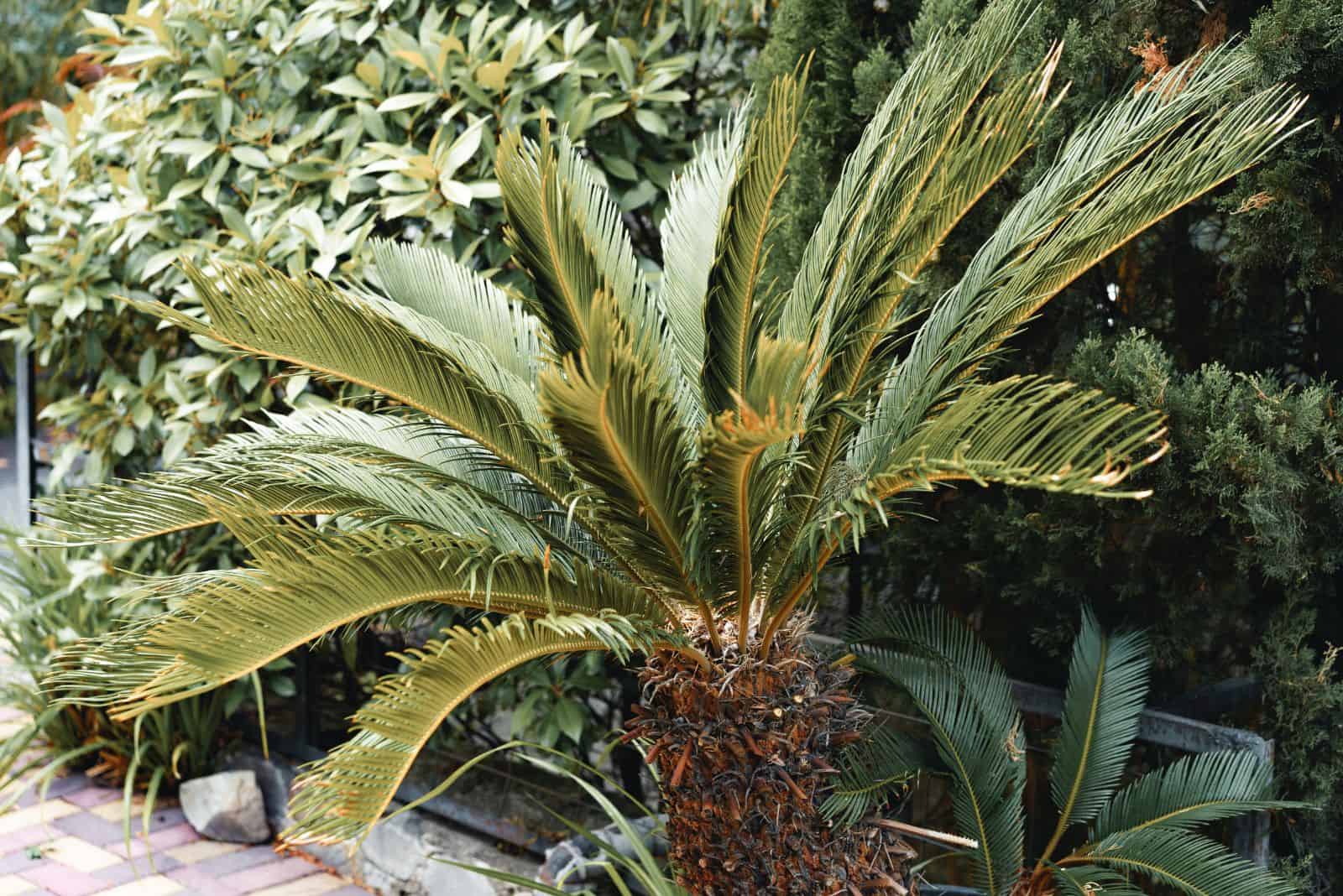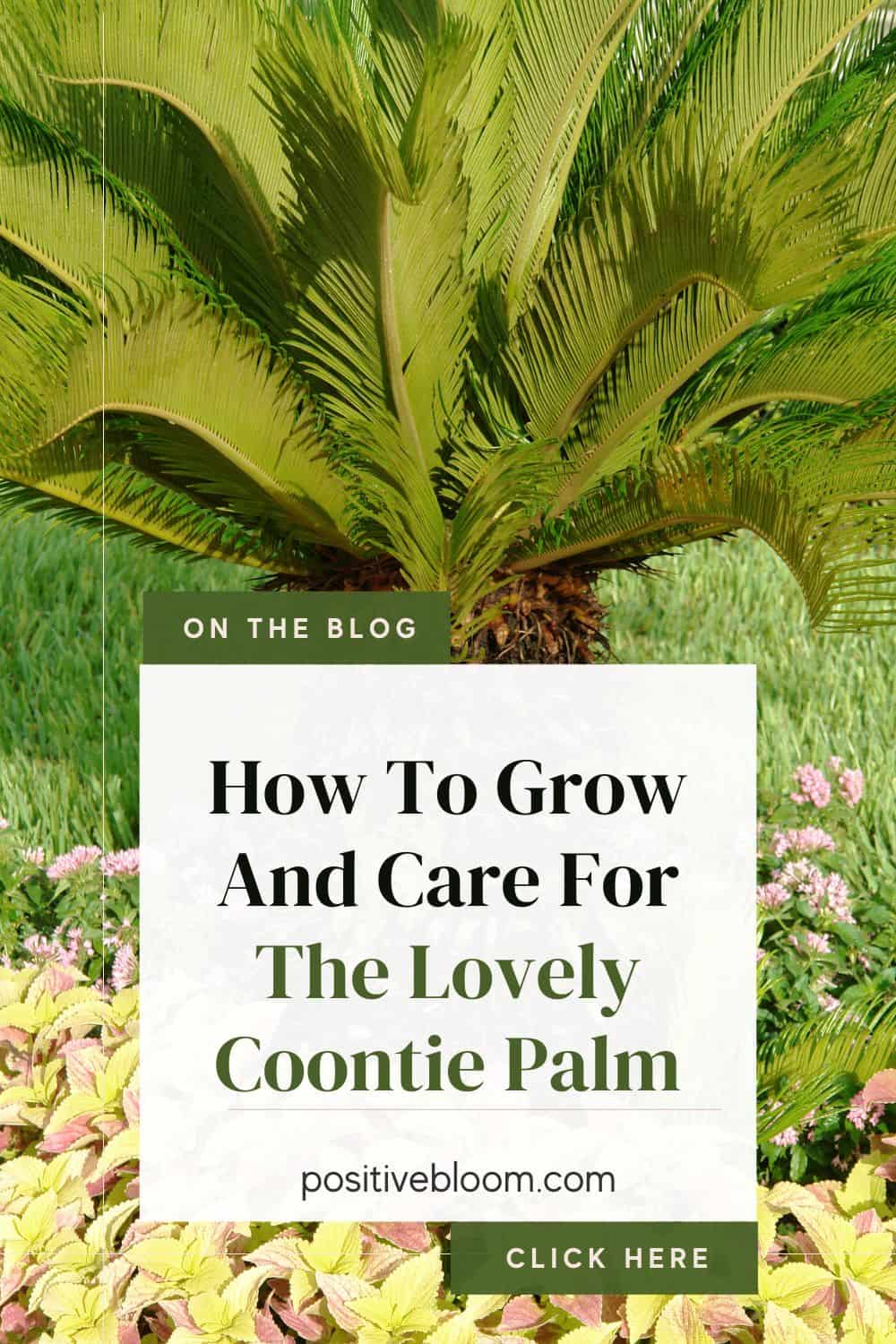The truth is that sometimes it can be really hard to differentiate between certain plant types. For example, some plants may resemble palms or ferns, but are actually neither of them.
In this article, I’ll tell you more about such a plant. Meet the coontie palm, the plant which isn’t a palm nor a fern, but looks very similar to both.
There has been a lot of discussion about the Zamia pumila plant because it has so many nicknames, and that’s the main reason for confusion.
This is a Florida native plant that looks amazing in shady beds outdoors, but can also be grown in containers successfully.
Let’s start with some basic info about the coontie plant:
[table id=516 /]
Let’s get started!
What Is The Coontie Palm?
Even though some plants have the term palm in their names, they aren’t palms. For instance, the Madagascar palm is a succulent, and the coontie palm is a cycad, i.e., a seed-bearing plant. The coontie palm belongs to the Zamiaceae family, which consists of many palm trees and fern-like plants.
The most interesting fact about these plants is that they’re older than the dinosaurs (yes, you read it right).
The coontie palm can reach about 3 feet in height and spread up to 4 feet wide. Regarding the growth rate, these are slow-growing plants.
The Zamia pumila produces rosettes of pinnate leaves, making it a perfect addition to coastal gardens. This is a Florida native plant and, of course, grows best in this state.
The Florida arrowroot doesn’t produce any flowers. It yields reddish-brown fruits, but the fruits of female plants differ from those produced by males. Male cones are responsible for pollen, whereas the female cones open when they reach the adult stage to reveal lobed seeds.
One of the major benefits of the Zamia floridana is that it’s a host plant for the larvae of Atala butterflies, which are considered to be an endangered species.
Another interesting fact about this plant is that the Seminole Indians harvested starch from the stem (caudex), which served as a staple food.
If you decide to grow this plant, don’t try to extract the starch and use it because it may be toxic if not prepared properly.
Let’s move on to the care guide!
How To Care For The Coontie Palm
Luckily, coontie palms are easy to maintain. The most complicated part of growing these plants is the planting itself.
The Florida arrowroot plant grows well in full sun but also thrives in partial shade. It does great in different soil types and has low watering requirements.
Let’s get into details!
Light And Temperature Requirements
If you have a shady spot in your garden, the coontie plant will love it. The great thing is that this Florida native will grow great in full sun, so you have plenty of options for the spot you choose.
Low temperatures aren’t the enemies of these low-maintenance plants. The cardboard palm is cold hardy in USDA hardiness zones 8 through 11.
Soil
As mentioned, the cardboard palm plant grows well in different soil types. You can use compost based on loam or go with gardening sand.
You can use soil types with ingredients that retain water well and keep the soil moist, or use soil types with well-draining materials only.
The plant is drought-tolerant but will also tolerate moist soil. However, it won’t tolerate soggy soil or live without water for too long.
Watering
We mentioned that the coontie plant tolerates short periods of drought, which means that the plant doesn’t need much water to thrive.
Of course, you’ll need to water it from time to time.
Remember that the Zamia pumila needs regular watering during the first growing season or until the underground stems are developed enough.
Fertilizing
Although liquid fertilizer can be used as plant food for the coontie plant, I recommend granular fertilizer.
Your coontie palm will thrive if you feed it at the beginning of the growing season (early spring).
It would be best to avoid feeding your Florida arrowroot during hot summers or after the transplant.
Make sure you purchase high-quality fertilizers, as low-quality fertilizers frequently contain heavy salts that are harmful to the root system of the Zamia integrifolia.
Planting
Once you learn how to plant the coontie palm, you won’t have issues with care later. Your plant will most likely go through transplant shock, so you must pay attention to all conditions.
Before you start transplanting, let the soil of the coontie plant dry out entirely. If the soil is wet, you won’t be able to take this Florida native plant out of the container without breaking the roots.
The first thing you need to do when you start transplanting is dig a hole that’s wider than the container.
Regarding depth, ensure that the upper part of the stem is a few inches above the soil surface.
Put your Zamia in the hole and carefully pack the soil around the base of the plant. The spacing between each coontie plant should be from 24 to 48 inches.
Keep the soil moist until your Zamia develops a strong root system. If unsure, it’s better to leave the plant underwatered than risk suffocating the roots.
How To Propagate The Zamia Pumila Plant
You can use two propagation methods for the Florida arrowroot plant. The first one is the seed propagation method.
Once you clean the seeds, sprinkle them over the soil and put a thin layer of soil over them.
You can expect new roots in about 6 weeks, at which point you should transplant your Zamia to a container.
Root division is the second propagation method for the Florida arrowroot plant. Carefully divide the root ball and make sure each section has enough healthy roots.
Plant the divided sections in separate pots and ensure adequate conditions.
Common Issues With The Florida Arrowroot
Generally speaking, the coontie plant is pretty problem-free. But there are a few pests to watch out for.
For instance, Zamia is frequently attacked by scales and mealybugs.
These are already slow-growing plants, and the growth rate will decrease even more in the case of severe pest infestation.
You can purchase insecticides to get rid of these naughty creatures.
FAQs
Are coontie palms poisonous to dogs?
Yes, coontie palm plants are toxic to pets and humans, and may cause severe health issues upon ingestion.
These plants, just like Sago palm (Cycas revoluta) plants, contain cycasin. This dangerous toxin can damage the brain and cause gastrointestinal issues.
What is the most common use for coontie palms?
You can use coontie plants for different purposes in terms of gardening. You can grow them as groundcovers or foundation plants in a mass planting.
These plants combine well with true palms, such as the famous Areca palm from Madagascar.
Wrapping Up
The coontie palm can be grown as a groundcover plant, and also looks amazing when grown in containers.
It is a low-maintenance cycad with great wildlife value as it’s a host plant to the rare and breathtaking Atala butterflies.
I’m sure you’ll enjoy growing this unique plant, but please pay attention to where you plant it because of its toxic features.
Until next time!
Like this post? Share or pin it for later!

